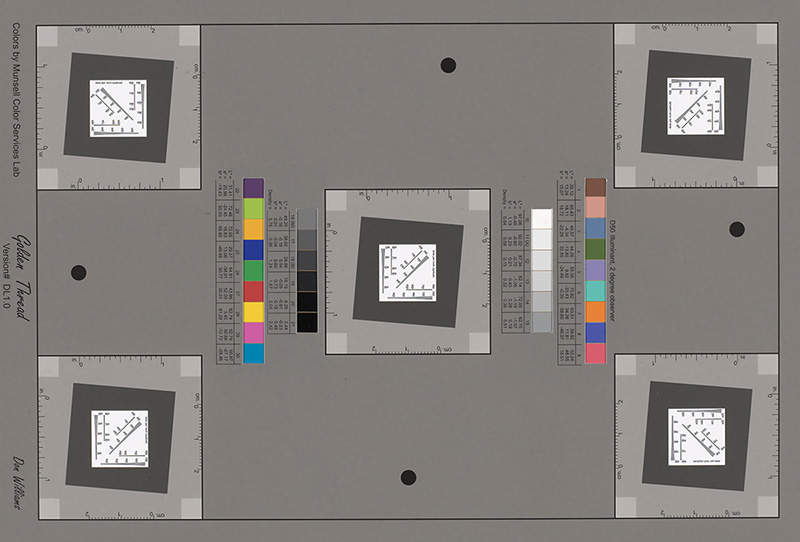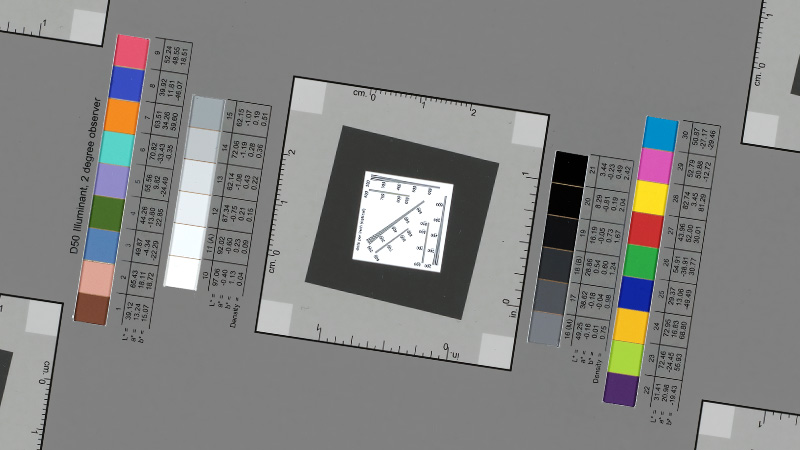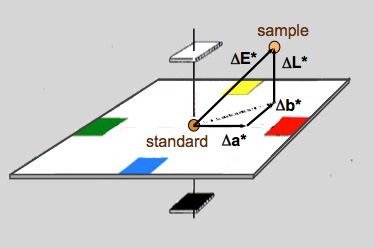Image Quality Standards for Cultural Heritage Digitization
Image quality standards for cultural heritage digitization projects
Why the quality control is so important?
Digitizing a collection is a Herculean task in terms of labour, costs, and mindshare. It requires a coordinated work of different departments and professionals, and the allocation of a huge amount of institutional resources. Therefore it is essential to be sure about its quality and efficiency.
To achieve good and useful digitization it is not enough to take some nice-looking, high-resolution photos, but the digitization process has to result a standardized, quality-controlled container, including qualified images and metadata: a Preservation Digital Object. A PDO faithfully records the current state of the real-world object, and in the same time, it can be a digital surrogate, and even, for some purposes, the substitution of the original artefacts.[1]
Quality control is not just a simple image check, but it can help the institution to overview and optimize the entire workflow and to verify the adequate and efficient utilisation of the reprographic system. Therefore it might be useful to consult an external expert, and with her/his help, check and improve the process from time to time.
To have a reliable Digital Object (image and data together!), conformity to objective standards is necessary. Most of the collections, archives and museums requir the fulfilment of either FADGI (Federal Agencies Digital Guidelines Initiative) or Metamorfoze Preservation Imaging Guidelines, or the conformity to the international ISO 19264 standard. These institutional standards define image quality with objective, measurable, numerical target values.
In Hungary, the White Paper provides guidance for the digitization of cultural heritage objects.
Both FADGI and Metamorfoze standards describe image quality requirements with several parameters. The most important ones are about the fidelity of color reproduction, the correct rendering of tones, the required resolution and detail transfer. In the same time, the acceptable level of noise and sharpening is maximized.
These sets of requirements define several levels of compliance; the highest is the Preservation level. Both FADGI 4 Stars and Metamorfoze Strict require very high overall image quality to achieve this.
The evaluation process: compare a photo of a suitable test chart (target) with a digitally stored ideal reference, quantifying the differences, then the confirm the compliance.
The Image Science Associates Golden Thread Procedure
There are many kinds of test charts, but for cultural heritage purposes, the most proven one is the Golden Thread system, developed by Image Science Associates. This is a complex tool, helps us to set up and evaluate the following image parameters: Exposure, Contrast, Resolution, Tone, Color, and Detail rendering, Color Registration Deviation, Flatness (color and tone), Noise, Sharpening, and it has other advanced evaluation features too.

Golden Thread Device Level Target ©ISa
The system consists of three different targets for different purposes and a software for the analysis.
- Device Level Target – a test chart to check all parameters of the setup, the camera, the lens, the lighting, etc.
- Object Level Target – a test chart which has to be next to each artifact, and
- Standard Format Film Targets (monochrome) to set up and verify the digitization of transmissive materials.
- An important element of the system is the scientific-grade image quality testing software: the Golden Thread Analysis, but a basic evaluation and certification can also be performed with other programs (Open DICE, Delt.ae).
A photograph of the Device Level Target should be taken before and after each production phase, or at the beginning and at the end of each day. That image records all settings, conditions of the reprographic system, hence make the Quality Control possible afterwards.
The Object Level Target must be included on the reproductions next to the object. This tool is the proof of the archiving quality, and it makes possible to numerically check it afterwards on each image.
For example, the L*a*b* values of swatch #15 on this Object Level Target are L62.15, a-1.07, b0.19. So even in 100 years, it will be possible to read it numerically and the viewer will have information about the tones of the original relative to that reading. To make this possible, we need to have the most exact digital representation of the real-world objects.

Golden Thread Object Level Target #15
For us, photographers, it is essential to –at least at a basic level–, understand the science behind the quality control processes. If a correction is needed to fulfil a specific standard, we should know which shooting condition to adjust to get a better result.
The standards also specify the require sharpness and detail rendering expected. Although you can set a high theoretical resolution on the scanners and other capture devices, you also need to measure whether the device is actually capturing the amount of detail that matches the set resolution.
The detail rendering of the reproduction can be quantified by determining the Sampling Efficiency calculated from the MTF (Modulation Transfer Function) or SFR (Spatial Frequency Response) value. This metric objectively determines the differences from an ideally perfect metering chart, taking into account all physical and software elements: the camera, the sensor, the lens, the lighting, and the export settings of the RAW workflow.
The FADGI 4 Stars (preservation-grade) requirement is also strict in this: MTF10 (10% SFR) requires> 90% sampling efficiency.
Conclusion
Image quality control is an essential element of cultural heritage digitization. The ISa Golden Thread procedure examines every element of the entire workflow, so quality control with this tool truly guarantees the adequacy of digitization.
Even though its theoretical background is very complex and it is based on the results of decades of scientific research, the practice of the quality control process is rather simple when using the right tools, and it also can be mastered with a short training.
Resources, links, further readings
- Fehér Könyv – A methodological guide for the digitization and publication of cultural heritage in Hungarian public collections
- What is a Preservation Digital Object (PDO)? – Digital Transitions Digitization Program Planning, Preservation Digital Object
- What is an MTF? … and why you should care?∗ Don Williams Image Science Associates
- Delta E 2000 – the most complicated, yet most accurate CIE color difference algorithm available.
- FADGI – Federal Agencies Digital Guidelines Initiative – Technical Guidelines for Digitizing Cultural Heritage Materials
- Metamorfoze Preservation Imaging Guidelines
- DT Cultural Heritage: Digitization Program Planning https://dtculturalheritage.com/digitization-program-planning/
- Phase One Cultural Heritage Resources https://www.phaseone.com/en/Cultural-Heritage/Resources
Contact
If you have any further questions, please contact me through the contact form: CONTACT
Daniel Horvath
freelance photography technology consultant
[1] „The Ultimate Goal: Digital Surrogacy. A PDO is not just a digital copy of the original object. It is a complete package ready to function as a digital surrogate for the original physical object in as many use-cases as possible. A PDO is well structured, easy to access and understand, is well described, and contains high quality content. This means that a requesting entity (patron, researcher, administrator, marketing agent) who wishes to have access to the original object can be instead be offered access to the PDO, with no noticeable difference in value to that entity.” Source: https://dtculturalheritage.com/digitization-program-planning/the-preservation-digital-object-pdo/





Pingback: Képminőség-ellenőrzés a múzeumi digitalizálásban
Pingback: Képminőség-ellenőrzés cikkek
Pingback: 9600 dpi. Really? Measuring resolution of reprographic systems